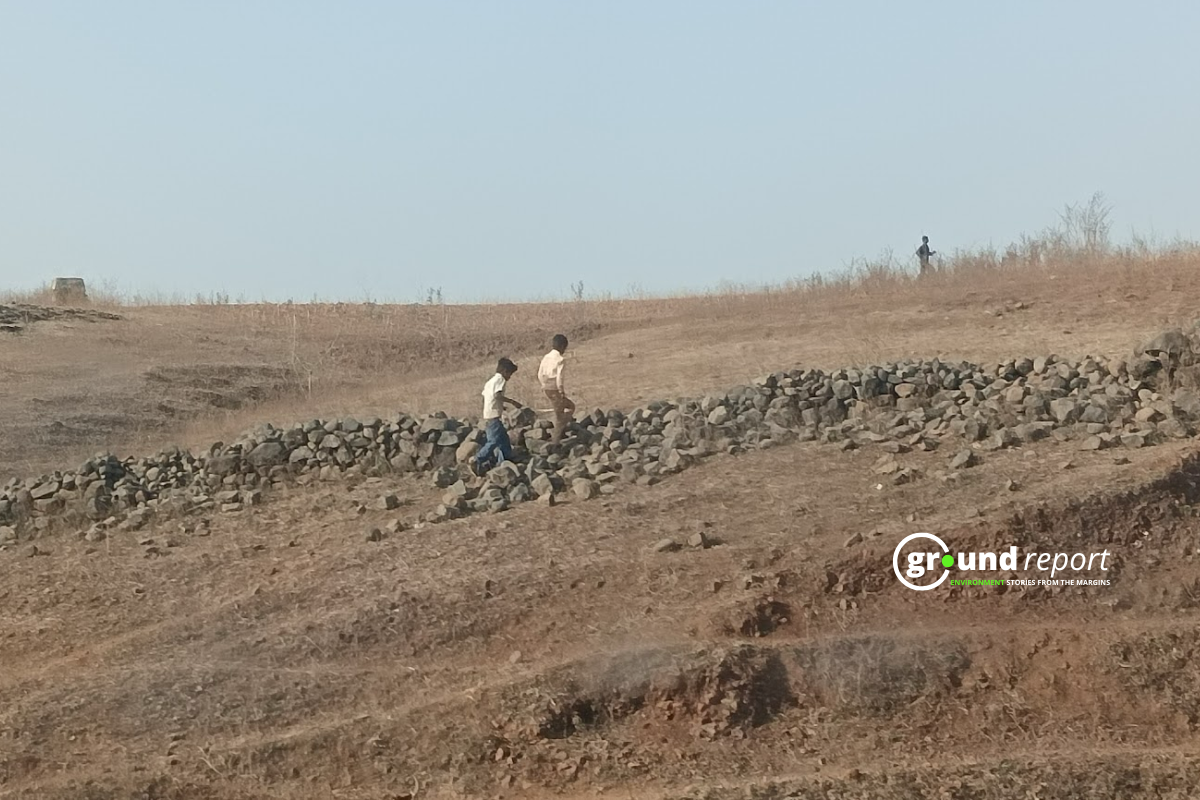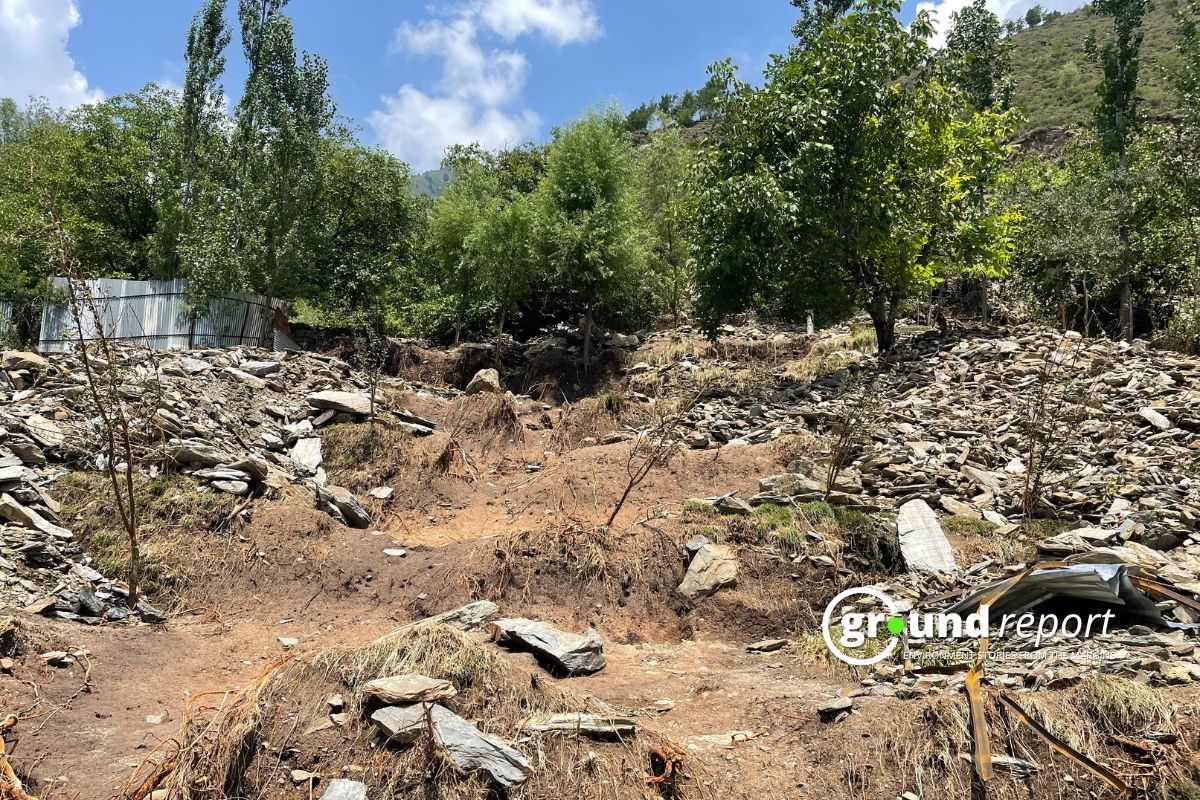Sustainability in construction is essential not only for environmental reasons but also for economic and social benefits. The construction industry whether in a large city like Mumbai or a small city like Mohali is one of the largest providers of jobs and is also a significant contributor to global emissions and resource consumption. According to the data collected by Global Alliance for Buildings and Construction, buildings and construction account for approximately 38% of energy-related CO2 emissions. As urban populations continue to grow—projected to reach 68% of the global population by 2050—the need for sustainable practices becomes increasingly critical.
In a nutshell, by prioritising sustainability, a builder in Mohali, just like those in larger cities such as Mumbai, can create buildings that are not only more functional and aesthetically appealing but also contribute to a healthier planet for future generations.
The 7 Principles of Sustainability in Construction
Let’s explore each principle in detail, supported by data, strategies, and real-world examples.
Sustainable Design
Sustainable design is about creating buildings that are efficient and environmentally friendly from the outset.
- Passive Design Strategies: Utilizing natural light through strategic window placement can reduce reliance on artificial lighting. For example, the Bullitt Center in Seattle uses large south-facing windows to maximize daylighting while minimizing heat gain.
- Life Cycle Thinking: This approach evaluates the environmental impact of a building from design through demolition. The LEED (Leadership in Energy and Environmental Design) certification encourages this holistic view, promoting sustainable choices at every stage.
Durability
Durability ensures that buildings last longer with minimal maintenance, thereby reducing waste over time.
- Material Selection: Choosing materials like concrete, steel, or sustainably sourced wood enhances durability. For instance, using high-performance concrete can extend a building’s lifespan significantly compared to traditional materials.
- Retrofitting vs. Demolition: Retrofitting existing structures is often more sustainable than demolition. The renovation of the historic Tate Modern Museum in London is a prime example where an old power station was transformed into a world-class art museum, preserving its historical significance while enhancing its functionality.
Energy Efficiency
Energy efficiency is one of the most effective areas for reducing a building’s carbon footprint.
- Energy Modeling Software: Tools like EnergyPlus or eQuest allow architects to simulate energy use and optimize designs before construction begins.
- Renewable Energy Sources: Incorporating solar panels or geothermal heating systems can drastically reduce a building’s reliance on fossil fuels. For instance, the Edge Building in Amsterdam features an extensive solar panel array that produces more energy than it consumes annually.
Waste Reduction
Waste reduction focuses on minimizing construction waste and promoting recycling throughout a building’s life cycle.
- Construction Waste Management Plans: Implementing strategies such as deconstruction instead of demolition can divert up to 90% of waste from landfills, as demonstrated by projects like the Kendeda Building for Innovative Sustainable Design at Georgia Tech.
- Material Reuse Programs: Programs that facilitate the reuse of materials—like reclaimed wood or recycled metal—can significantly reduce waste generation during construction.
Indoor Air Quality
Indoor air quality (IAQ) is essential for occupant health and comfort.
- Ventilation Systems: Advanced HVAC systems with high-efficiency filters improve air quality by reducing pollutants and allergens indoors.
- Biophilic Design Elements: Incorporating natural elements such as plants or water features can enhance IAQ while providing psychological benefits. The incorporation of living walls has been shown to improve air quality while also enhancing aesthetics.
Water Conservation
Water conservation is increasingly vital as water scarcity becomes a pressing global issue.
- Water-efficient Fixtures: Installing low-flow toilets and faucets can reduce water consumption by up to 30%, as seen in many LEED-certified buildings like CESC House, Kolkata, CII-Sohrabji Godrej Green Business Centre and Suzlon One Earth, Pune.
- Rainwater Harvesting Systems: Collecting rainwater for irrigation or non-potable uses can reduce demand on municipal water supplies. For example, in Noida, it is mandatory to install a rainwater harvesting system. Due to this, Noida has seen an improvement in groundwater level, more water availability for homes and lower water usage bills.
Sustainable Building Materials
The selection of materials plays a crucial role in achieving sustainability goals.
- Locally Sourced Materials: Using materials sourced within a close radius reduces transportation emissions significantly—often by more than half compared to imported materials.
- Life Cycle Assessment (LCA): LCA evaluates environmental impacts associated with all stages of a material’s life—from extraction through disposal—enabling informed decision-making about material choices.
The transition towards sustainable construction is not just an ethical imperative; it is an economic necessity that offers numerous benefits across various dimensions—environmental, social, and financial. By embracing the seven principles of sustainability outlined above, builders like Ravijeet Singh are creating buildings that not only meet today’s needs but also safeguard resources for future generations.
As we look ahead, collaboration among architects, builders, policymakers, and communities will be essential in implementing these principles effectively. Investing in sustainable construction today means investing in a resilient future—a future where our built environments contribute positively to our health, economy, and planet. By prioritizing sustainability now, we pave the way for thriving communities and ecosystems for years to come.
Disclaimer: This content is sponsored and does not reflect the views or opinions of Ground Report. No journalist is involved in creating sponsored material and it does not imply any endorsement by the editorial team. Ground Report Digital LLP. takes no responsibility for the content that appears in sponsored articles and the consequences thereof, directly, indirectly or in any manner. Viewer discretion is advised.
Follow Ground Report on X, Instagram and Facebook for environmental and underreported stories from the margins. Give us feedback on our email id greport2018@gmail.com.
Don’t forget to Subscribe to our weekly newsletter, Join our community on WhatsApp, Follow our Youtube Channel for video stories.
Check out Climate Glossary to learn about important environmental terms in simple language.
Keep Reading
Tank under construction, dam under repair & Chanderi Village struggles for water?
Constructed wetlands can provide a solution for wastewater treatment
Indore Reviving Historic Lakes to Combat Water Crisis, Hurdles Remain
Jal Shakti Abhiyan: Catch the Rain 2024 Emphasizes Women in Water Conservation










